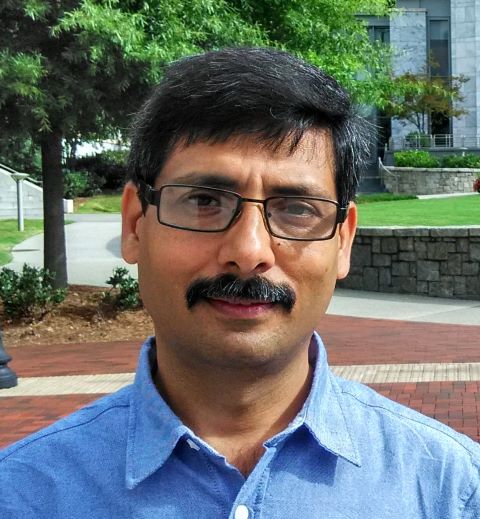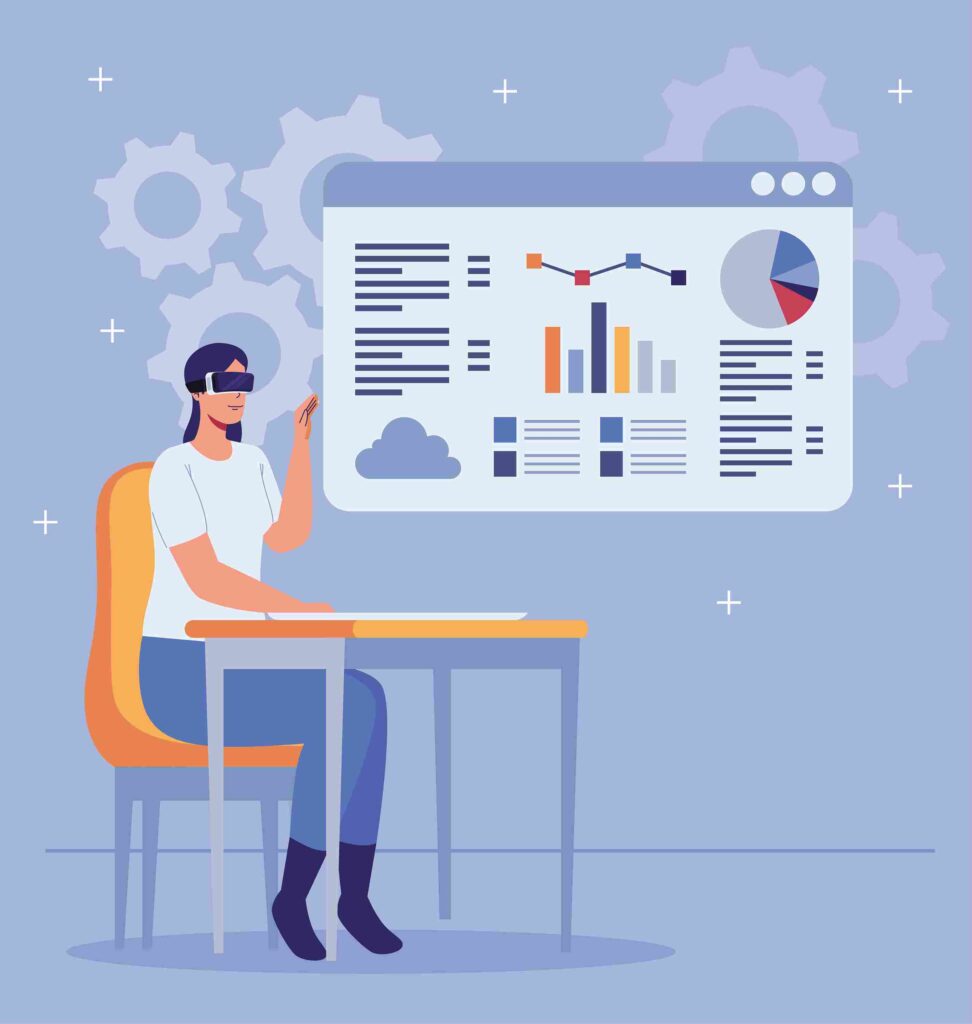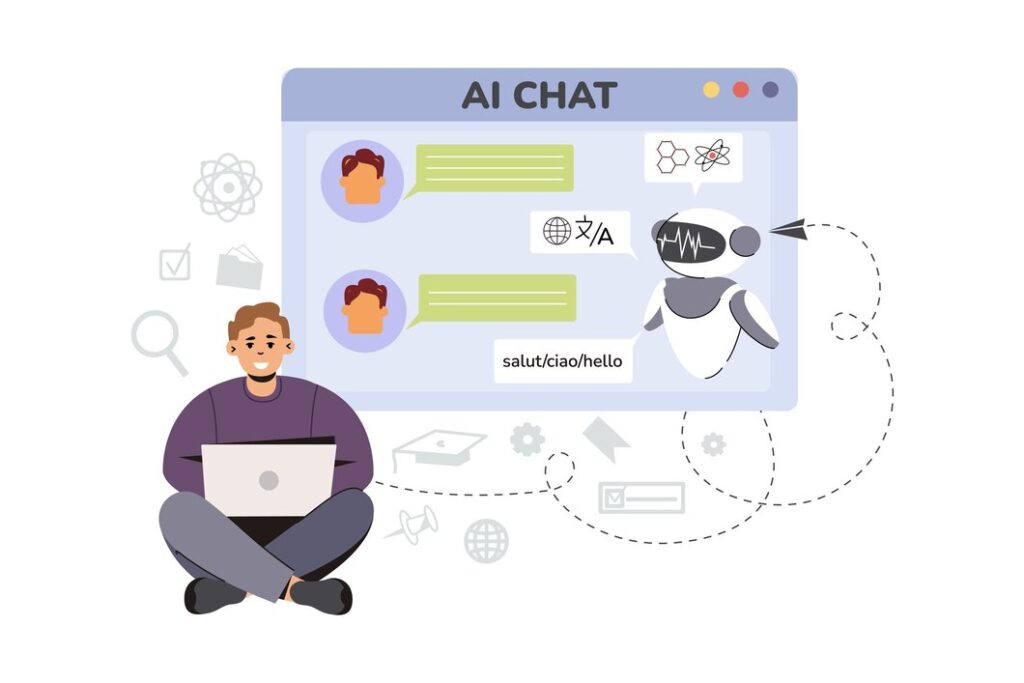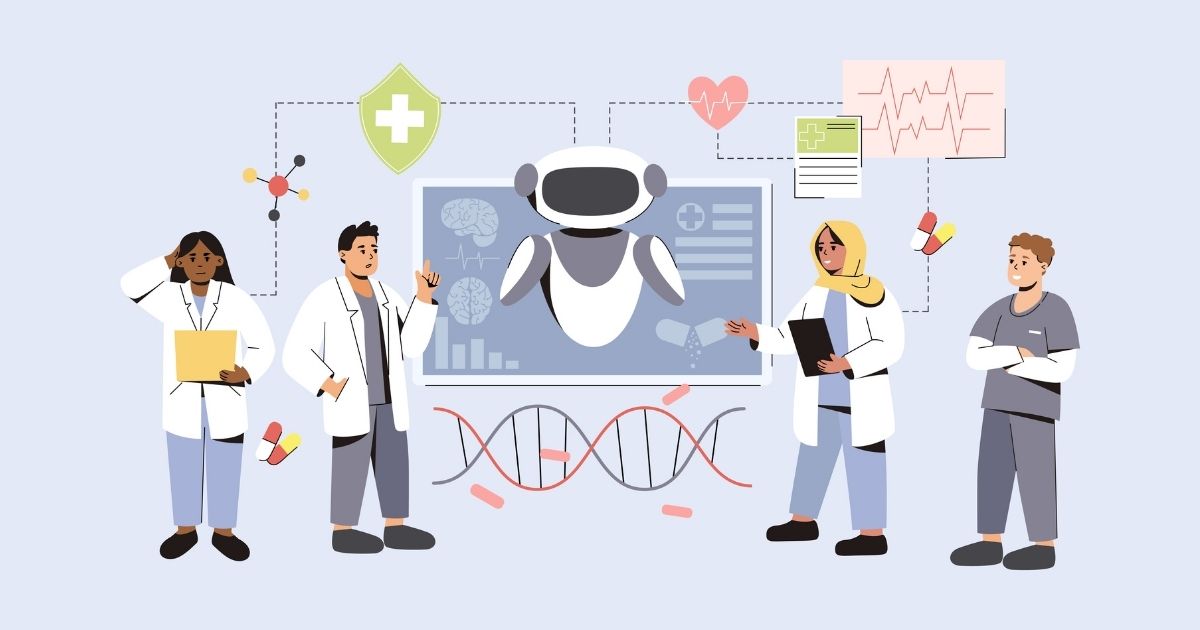Introduction

Public health is a vast and multidisciplinary field that demands constant evolution to meet emerging challenges. At the InnoHealth Conference 2024, Dilip Kumar Jha, Additional Director at the Public Health Foundation of India, shared his expertise on health system strengthening, capacity building, and the role of technology in transforming healthcare delivery. With over 25 years of experience, he highlighted how AI and digital innovations can enhance training programs for healthcare workers and improve overall health outcomes.
The Growing Demand for Capacity Building in Public Health
One of the key themes discussed by Jha was the need for continuous capacity building among healthcare professionals. He emphasized that the rapid evolution of health sciences requires professionals at all levels to stay updated with the latest knowledge and skills. This is especially crucial in primary care settings and rural areas, where healthcare workers must constantly upgrade their expertise to keep pace with advancements in medical programs and treatment methodologies.
“Health sciences are evolving rapidly, and it is essential for healthcare professionals to stay updated with new developments. Capacity building is not just about knowledge enhancement but also about improving practical skills and adapting to changing healthcare paradigms,” Jha stated.
Bridging Training Gaps with Technology
Jha highlighted the challenges faced in keeping healthcare workers up to date with new methodologies, particularly in maternal and newborn care. Traditional training methods, while effective, often lack scalability and real-time assessment capabilities. To address these challenges, simulation-based training using mannequins has been introduced. These models allow practitioners to perform hands-on emergency procedures and receive immediate feedback on their techniques.
“Even experienced doctors find areas of improvement when they use sensor-equipped mannequins. These sensors provide real-time feedback, ensuring that the pressure and speed applied during resuscitation or other procedures are optimal,” Jha explained.
The potential for AI in this space is immense. AI-driven simulations can offer personalized feedback, track performance over time, and identify common errors that need correction. This technology not only enhances individual skill development but also ensures better patient outcomes by reducing human error in critical medical procedures.
Scaling Capacity Building with AI and Digital Tools

Jha pointed out that traditional training programs, while effective, often fail to reach the vast number of healthcare workers who need them. Government agencies struggle to keep up with the increasing demand for training at the grassroots level. AI and digital platforms offer a scalable solution to this issue.
He cited an example of interactive learning modules and quizzes integrated into training slides that engage healthcare workers and enhance their learning experience. This method has proven effective in ensuring active participation and retention of information. AI-powered learning platforms can further optimize this by personalizing training modules based on an individual’s progress and performance.
“Technology must be more than just passive online learning. AI can help make training more interactive, responsive, and personalized, ensuring that healthcare workers get the skills they need to perform effectively,” he noted.
Challenges in AI Adoption and Implementation
While AI presents exciting opportunities for healthcare, Jha acknowledged that its integration is not without challenges. One of the key issues is the need to equip healthcare workers with the necessary skills to use AI-driven tools effectively. Without proper training, even the most advanced technologies may not be utilized to their full potential.
Additionally, infrastructure limitations—such as inconsistent electricity supply in rural areas—pose hurdles to seamless technology adoption. Jha emphasized that while AI solutions are being developed globally, their effectiveness depends on the readiness of the local ecosystem to integrate and scale them.

“AI is not a standalone solution; it needs an ecosystem that supports its adoption. Developed countries have integrated AI into healthcare much earlier, but in countries like India, we are still working on overcoming fundamental challenges,” he explained.
The Future of AI in Public Health
Despite the challenges, Jha expressed optimism about the future of AI in public health. As infrastructure improves and digital literacy among healthcare workers increases, AI has the potential to become a game-changer in training, monitoring, and healthcare service delivery.
Governments and stakeholders are already taking significant steps to integrate AI into public health initiatives. With continued collaboration between public health experts, technology developers, and policymakers, AI-driven solutions can revolutionize healthcare by enhancing efficiency, accuracy, and accessibility.
Conclusion
AI and digital innovation have the power to transform public health training and capacity building. As Dilip Kumar Jha emphasized, integrating these technologies into healthcare systems can help bridge skill gaps, improve patient care, and enhance workforce efficiency. However, for AI to be truly impactful, a strong supporting ecosystem and continuous training for healthcare workers are essential.
By addressing challenges and fostering collaboration between technology and healthcare professionals, the future of public health looks promising, with AI playing a pivotal role in shaping its evolution.
Composed By
InnoHEALTH magazine digital team

